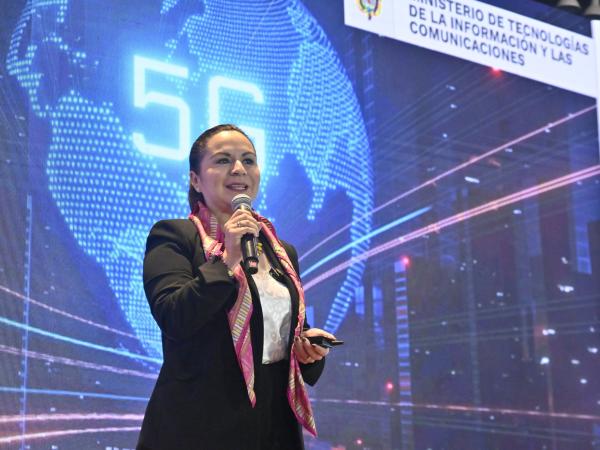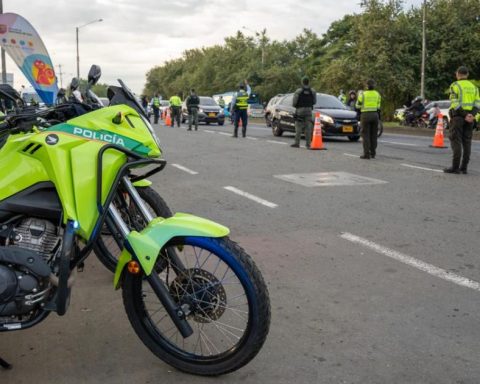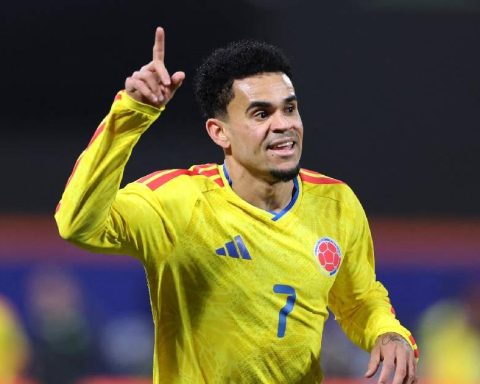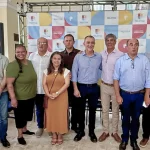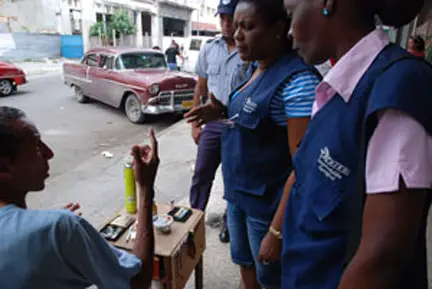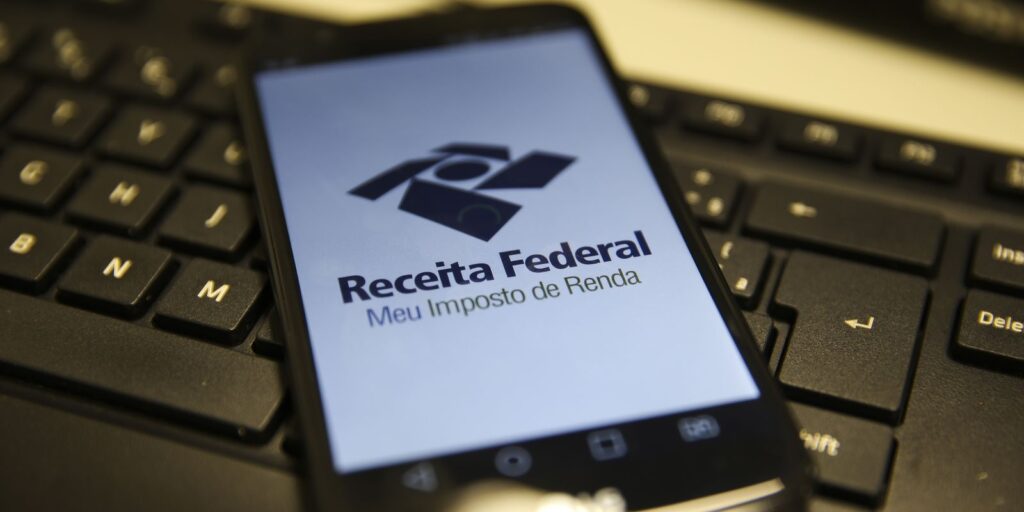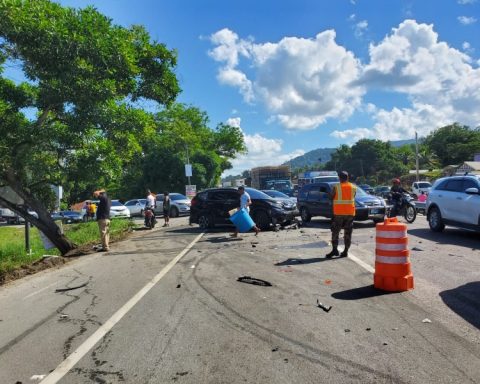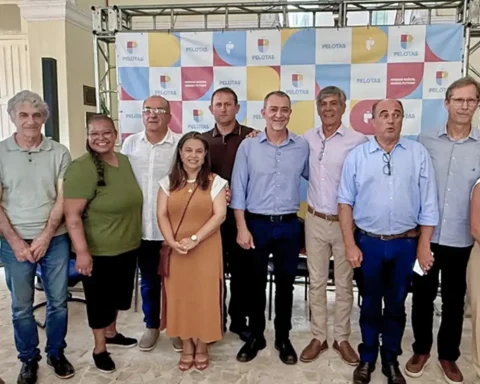The National Museum of Bogotá was the place chosen to house different actors from the telecommunications ecosystem in order to address the issues of connectivity, 5G and its implementation.
(This is how the release of the spectrum of the 5G network in Latin America advances).
The event titled ‘Digital Inclusion in Colombia’ It was chaired by the ICT Minister, Sandra Milena Urrutia, who pointed out that 5G will be part of the strategy ‘Connect ICT 360’, which seeks to democratize access to information and communication technologies.
According to the Minister, this fifth generation technology will benefit all sectors of the country, as well as citizens, companies, consumers and the public sector.
“For the Government of change, access to ICT is a right and not a privilege and to that extent our responsibility is to know the issues in depth to make decisions based on data and experiences. That is the objective of these types of spaces that allow us to be better prepared for the different processes that we will lead around 5G”, Urrutia pointed out.
(5G is getting closer to being a reality in Latin America, says Huawei).
Faced with the 5G auction in the country, the ICT Minister explained that the path to implement 5G in the country began on December 21, after the Ministry published the action plan for carrying out the objective selection process that allows the massification of 5G.
In this bid, nine expressions of interest were received to operate and provide mobile services in bands and frequencies ranging from 10 MHz of radio spectrum in the 700 MHz band to 2.8 GHz in the 26 GHz band.
“The expressions of interest in the process to grant permits for the use of radioelectric spectrum are in the frequency bands of 700 MHz, 1900 MHz, 2500 MHz, 3500 MHz and 26GHz for the operation and provision of land mobile services identified for International Mobile Telecommunications. ”, pointed out the MinTIC.
Likewise, Minister Urrutia said that “We have an objective selection structure. In the second quarter we will present the draft of the auction process and we hope that by the third quarter the objective selection process can be presented. It is noteworthy that after the action plan was published, nine expressions of interest in participating in the auction were received.”
(The ICT Ministry will have UN support for the 5G auction).
Regarding the renewal of the spectrum in the country, the Minister stated in her presentation that up to now 40% of the spectrum that had been scheduled has been renewed and it is expected that the renewals will continue in the coming months until completing 66%.
“Thanks to the sum of efforts that we are making, we will bring the internet service through different actions such as promoting small internet operators and community networks, improving the fiber optic network and increasing service coverage in abandoned departments such as Amazonas, Guainía, Vaupés, Vichada and the Archipelago of San Andrés, Providencia and Santa Catalina”added Minister Urrutia.
According to the ICT minister, nine would be the organizations interested in participating in the next 5G spectrum auction.
Among the companies that sent their letters, which include comments to take into account in the process, are: Tigo, Colombia WB Hots, Claro, EGC Colombia, ETB, Global Play, OSC Top Solutions Group, Movistar, and WOM.
The event also had an agenda of talks in which some of the most relevant actors in the ecosystem pointed out the importance of continuing to work together to bring connectivity to the most remote areas of Colombia and improve infrastructure.
During his speech, Lucas Gallitto, director for Latin America of the Global System for Mobile Applications, GSMA, said that today connectivity is a right that allows countries to increase productivity. “This is how we allocate that spectrum and that service must follow that foundation”he stated in his speech.
For his part, Jorge Fernando Negrete, president of DPL Group and an expert in telecommunications, recognized the Colombian debate on Internet access as a right, “There is no infrastructure more powerful than the internet, it is the most important equalizer in society.”
Pamela Gidi, former Undersecretary of Telecommunications of Chile, pointed out in her speech that the country is on a “good path” on the route to 5G. “Our learning can be of great use to Colombia. We know that the spectrum in the hands of the state is useless and although it is a national good if it is not granted to a company to make the investment, in the case of Chile it was US$3,000 million for the deployment of the 5G infrastructure, the public and companies are not going to benefit.” Gidi said.
Spectrum begins to be released in the region
According to a report by the 5G Americas organization, an entity that brings together service providers and manufacturers in the telecommunications industry, nine countries in Latin America “have announced, commenced, or completed procedures for the allocation of spectrum frequencies for mobile services.” Nations like Argentina, Chile, Colombia, Costa Rica, El Salvador, Mexico, Panama, Peru and Uruguay have arranged for the granting of more frequencies for the industry.
JOHANA LORDUY
@johanalorduy4
